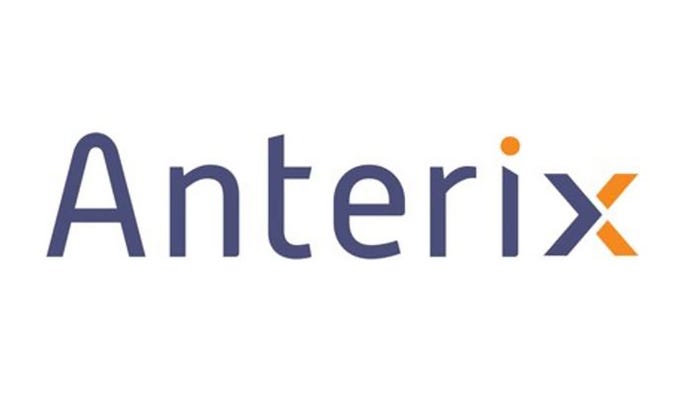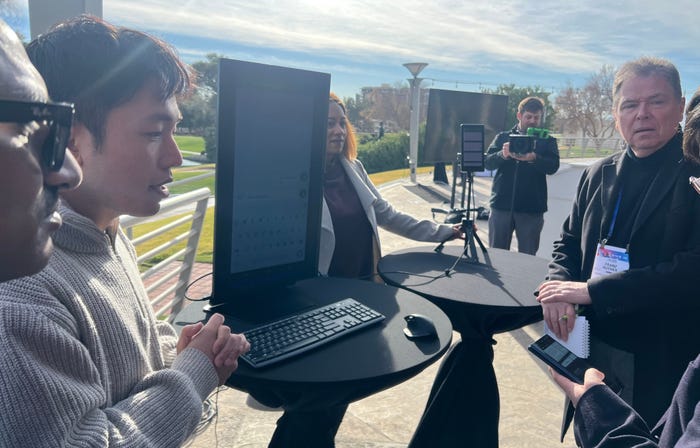Polaris Wireless claims first end-to-end 911 solution with vertical location through collaboration with QualcommPolaris Wireless claims first end-to-end 911 solution with vertical location through collaboration with Qualcomm

Polaris Wireless announced that its vertical-location (Z-axis) information can be delivered to carriers for 911 purposes by users of non-iOS and non-Android phones through a collaboration with Qualcomm—a deal that is expected to make the first end-to-end 911 solution with Z-axis location commercially available early next year.
Polaris Wireless CEO and founder Manlio Allegra noted that the company’s vertical-location technology bettered the FCC’s vertical-location accuracy requirements in tests conducted in 2016 and 2018, but the collaboration with Qualcomm on a control-plane solution promises to make it available broadly.
“Back in 2019, we were naïve enough to think, ‘OK, we passed the test, so now we’re going to get deployed,’” Allegra said during an interview with IWCE’s Urgent Communications. “But it’s not that easy, as we all know. Through all of the trial and tribulations … we found out that having a technology and having a complete solution are two completely different tasks.
“We’ve had the technology now for the past three years … but up until this collaboration with Qualcomm, we didn’t have a solution for 911. This is what this collaboration does. It essentially creates the first Z-axis, FCC-compliant solution for 911. We provide the solution—the guts of the product, the technology and everything else—and Qualcomm makes sure that the valuable information about the altitude of the caller goes back to the carrier.
“Having the technology is only part of the story. Today, we can tell you that we have the complete story.”
Karl Kessenich, executive director of business development for Polaris Wireless, said the vertical-location technology will be a software update to the Qualcomm chipset.
Both Polaris Wireless and NextNav demonstrated technologies to meet the FCC’s guideline to provide the Z-axis location of a 911 caller within 3 meters—roughly the height a floor in many multistory structures—but getting this information to carriers proved to be challenging, Kessenich said.
“The carriers have publicly commented—and they mentioned this about both NextNav and Polaris Wireless—that we may have proven our accuracy, but neither of us have proven a complete end-to-end solution, going from the device all the way to the carriers,” Kessenich said during an interview with IWCE’s Urgent Communications. “The one piece that’s been elusive to both of us is this control-plane piece that is owned and controlled by Qualcomm. That’s why Manlio is saying that we now have an end-to-end solution.
“We’ve been working with all of the stakeholders in this ecosystem. The carriers are now aware of this, and we’re working with device guys, OS guys and other location-technology companies to do our part. It’s a major collaboration, but this Qualcomm piece was the blocker until now, and we’re not aware that anybody else has this ability on the control-plane solution.”
Current FCC rules call for carriers to begin supplying Z-axis location about a 911 caller beginning in April. Apple and Google are expected to provide vertical-location information for iOS and Android devices, but Polaris Wireless plans to make the data available from other phones, which represent 5-10% of the market.
“We’re not competing with iOS, and we’re not competing with Android. Apple and Google have a lock on the data on their devices, and they’re working with the carriers, so we’re not trying to inject ourselves into competing with them,” Kessenich said. “We can help them, if it’s necessary—it’s available—but our focus is on non-iOS, non-Android feature phones, low-end smartphones and things like that.”
Allegra acknowledged that “the initial market we are targeting is not huge by any stretch of the imagination,” but that should not diminish the significant achievement of having the first compliant 911 solution with Z-axis.
“This lends a lot of credibility to our company,” Allegra said. “This is first fully compliant control-plane 911 solution for Z-axis. After six years of technology testing, finally we have a complete solution.”
“This is a big statement from us. We are very happy about the partnership with a technology leader like Qualcomm, and the sky’s the limit, in terms of opportunities ahead of us.”
Allegra and Kessenich said current plans call for the Z-axis technology for 911 to be commercially available during the first quarter of next year.
Francesco Grilli, Qualcomm Technologies’ vice president of product management, said the chipmaker welcomes the opportunity to work with Polaris Wireless on the vertical-location issue for 911.
“The addition of vertical location is poised to help first responders to better determine the floor of an emergency caller within a multi-story building,” Grilli said in a prepared statement. “We continue to work with mobile operators, component manufacturers, and location innovators to support FCC regulations in a seamless manner for OEMs and users. We are proud of this work with Polaris Wireless to make it possible.”
Eddie Reyes, director of the Department of Public Safety Communications for Prince William County in Virginia, outlined the potential impact that Z-axis location could have on the response effort to emergency incidents.
“Location accuracy is improving but is still the most important factor in getting first responders where they are needed,” Reyes said in a prepared statement. “Polaris Wireless and Qualcomm Technologies are helping departments like mine do our jobs better, respond faster, and, ultimately, save lives in the communities we serve.”





